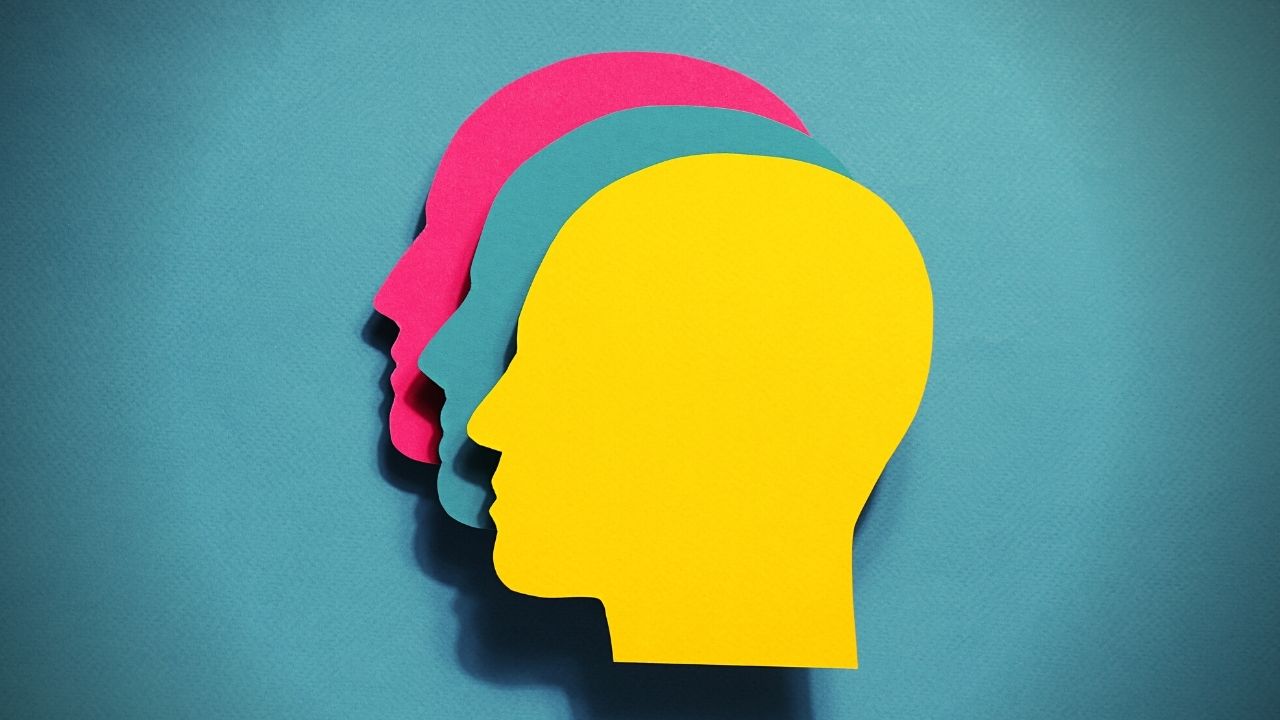Increased awareness of diversity, equity and inclusion (DEI) has had positive impact on the workplace and society at large, but despite advancements like the Americans with Disabilities Act (ADA) in the 1990s, disability is often overlooked. Advocacy and education are needed to help existing and burgeoning leaders to better understand the impact of disability on their organizations, clients, stakeholders, and staff.
One exciting class at New York University’s Robert F. Wagner Graduate School of Public Service is doing its part to help educate the next generation of leaders on exactly this topic.
Holly Cohen (a fellow executive producer of “We Hear You”) and I were thrilled to share our thoughts on this important subject with the class (with a focus on hearing loss, of course) via a recorded interview with the professor, Breandan Ward.
Advice for Decision Makers
When you haven’t experienced hearing loss, or any disability for that matter, it’s hard to fully appreciate its impact. By sharing our stories and accessibility needs we hope to inspire policy leaders to make hearing access a priority. Please share these points (and add your own) with leaders in your local community.
Together we can help raise awareness about hearing loss and the need for communication access in all settings.
Understand the prevalence and impact
While not always taken seriously, hearing loss is pervasive. According to the World Health Organization, 430 million people worldwide have hearing loss and this number is expected to double by 2050. According to Hearing Loss Association of America, 48 million are Americans, including 1 in 5 teenagers! Hearing Loss is often associated with aging, and it is more prevalent in older populations, but hearing loss impacts everyone. In fact, according to the Better Hearing Institute, 65% of people with hearing loss are under the age of 65.
There is much denial in hearing loss, with most people waiting an average of 7-10 years before seeking treatment and often stigma prevents them from disclosing their hearing issues. It is likely that many of your customers, clients, and employees have hearing challenges, even if they are not making it known to you.
Avoid the two biggest hearing loss myths
Many people associate hearing loss with sign language, so the default accommodation provided is a sign language interpreter. Often, this is not helpful. Of the 48 million Americans with hearing loss, less than 5% use sign language to communicate. It is important to ask each person what accommodations they prefer before making assumptions. If only one accommodation can be provided, captioning is likely more universal.
Another myth is that hearing aids restore normal hearing like glasses do for vision problems. Sadly, this is not the case. Hearing aids mostly make things louder. There is improved speech understanding, particularly in a quiet environment, but hearing aids do not provide clarity like that of normal hearing.
Secondly, hearing aids cannot read minds, so they amplify all sounds, not just the ones we want to hear. In a loud environment like a noisy restaurant, this can make it even harder to hear our conversation partners. Additional technology and non-technical tools like the ones we describe in Hear & Beyond: Live Skillfully with Hearing Loss are needed for better communication.
How Can You Make a Difference?
The best accessibility is proactive and available without advance request. This is especially true for people with hearing loss because of the stigma. People may not self-identify even when they need communication assistance. For this reason, it is best practice to incorporate access needs directly into design. Some examples include:
Caption everything
This includes Zoom calls, social media posts, videos, large in-person meetings and smaller meetings upon request. Communication access real-time translation (CART), where a live captioner transcribes everything that is spoken, is the gold standard, but artificial-intelligence-driven auto-captioning is rapidly improving and less expensive for everyday meetings.
Use microphones
Not only do microphones amplify sound, but they also allow hearing aid and cochlear implant wearers to connect directly to a venue’s sounds system using either a Bluetooth or telecoil setting on their device, providing crisp and clear sound directly into their hearing devices.
Keep listening levels safe
Set safe volume levels at events that you are hosting. It only takes 15 minutes for sound at 100 dBs to permanently damage hearing and this is below the level of most concerts. Do your part by keeping volumes at safe levels and if things get noisy, provide earplugs to participants.
Keep Learning about Disability
Like hearing loss, most disabilities are difficult to understand if you have not experienced them directly. Continue to educate yourself with books, blogs, and films about the lived experiences of people with a variety of disabilities. Include people with disabilities when developing and testing your accessibility options.
Better knowledge will help your organization provide seamless access tailored to everyone’s needs and take you one step closer to fulfilling DEI in all its aspects.

Shari Eberts is a passionate hearing health advocate and internationally recognized author and speaker on hearing loss issues. She is the founder of Living with Hearing Loss, a popular blog and online community for people with hearing loss, and an executive producer of We Hear You, an award-winning documentary about the hearing loss experience. Her book, Hear & Beyond: Live Skillfully with Hearing Loss, (co-authored with Gael Hannan) is the ultimate survival guide to living well with hearing loss. Shari has an adult-onset genetic hearing loss and hopes that by sharing her story, she will help others to live more peacefully with their own hearing issues. Connect with Shari: Blog, Facebook, LinkedIn, Twitter.






